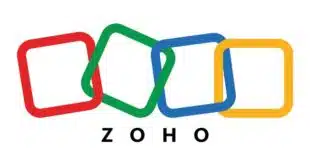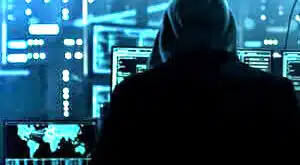Electronic transactions in the U.S. now exceed check payments for the first time, while checks have gone from 57% of all non-cash payments to 45% in only three years, according to a Federal Reserve System report released today. There were 44.5 billion electronic payment transactions in the U.S. last year, compared to 36.7 billion check payments, according to the Fed report, which summarizes the findings of a study that included two surveys covering financial institutions, card issuers, and processors. The report cautions that the number of checks written exceeds the number paid, and has dropped at a lesser rate, because some number of paper checks can be converted to automated clearinghouse debits at the point of sale and at remittance lockboxes. Over the three years measured by the report, electronic payments grew 13.2% on average each year, while checks dropped 4.3% annually. “Many factors, such as growth in economic activity and population, contributed to the increase in electronic payments,” says the report. “Some of the increase is likely also due to the replacement of some cash and check payments with electronic payments.” The fastest-growing form of electronic payment is debit card transactions. These jumped 23.5%, the Fed says, with signature debit growth edging that of PIN debit, 24.9% to 21%. Electronic benefit transfers, or payments of government benefits handled electronically, grew 15.4%, ACH transactions by 13.4%, and credit card transactions by 6.7%. ACH debits are growing faster than credits, the report shows, with a 21% rate of growth compared to 8%. The average debit ticket last year was $40 ($38 on PIN debit, $42 on signature), compared to $89 for credit cards. The Fed also tracked ATM withdrawals, reporting that these came to 6.1 billion in 2003, with the average withdrawal amounting to $85. At current growth rates, the report concludes, both credit card transactions and debit card payments will each exceed the number of paid checks before the end of the decade. “Such rapid change presents new opportunities for innovation in the payment system,” says the Fed. “It also poses serious challenges in achieving a cost-effective, efficient payment system.” The report is part of a series of studies the Fed has conducted to measure the growth of electronic payments. The last major Fed study came out in 2001, reporting activity in 2000.
Check Also
Arborgold Payments Debuts and other Digital Transactions News briefs from 5/12/25
Arborgold, a software provider for landscapers, launched Arborgold Payments, allowing users to process credit, debit, …




